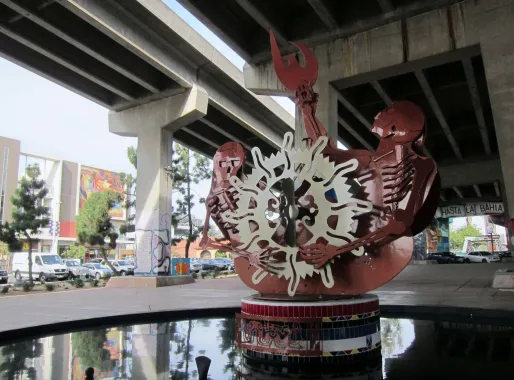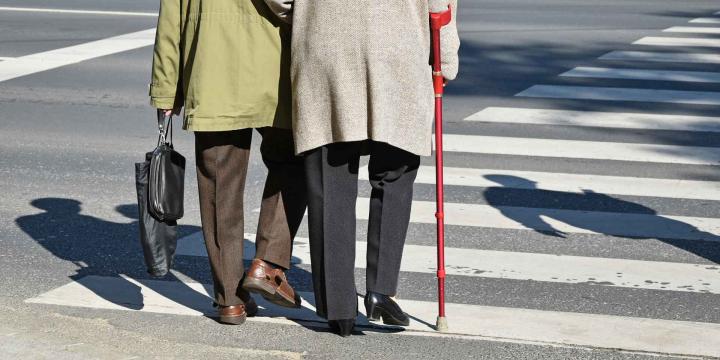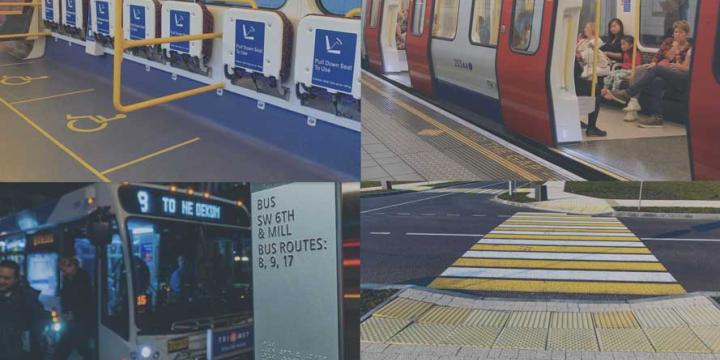Course Info
7 video lessons (50 Mins)
Published
2024-
4.52
Preview Course
Browse Course Chapters
-
1.Introduction
4 mins
-
2.Maidan: a brief but fascinating history of a word
4 mins
-
3.Controlled by Design
15 mins
-
4.Squares and Uprising
6 mins
-
5.Spaces Designed for Peace and Democracy
9 mins
-
6.Green Spaces as Drivers of Peace and Democracy
4 mins
-
7.The Way Forward
5 mins
What You Will Learn
1. Gain a global perspective on public squares and other similar places as sites of both control and dissent through a wide variety of stories and case studies.
2. Understand how, historically and still today, urban renewal practices can negatively or positively impact democracy,
peace, and empowerment.
3. Gain an understanding of transportation as an expression of democracy or lack thereof: public transit, car dependency, bicycling and pedestrian infrastructure.
4. Comprehend, through numerous examples, the connection between the lack of public green space and rates of violence, and how parks and active transport infrastructure can positively impact crime rates.
5. Understand the role of informal systems in cities in promoting equality and social mobility.
6. Explore future scenarios for restoring peace and democracy in cities that have been the site of recent conflict
7. Be able to apply lessons from international examples to the U.S. context.
Course Description
Learn these skills
- Civic Engagement
- History
- Land Use
- Parks & Recreation
- Pedestrian Planning
- Plan Making
- Transportation
- Urban Design
- Urbanism
- Walkability
AICP CM
This course is approved for .75 AICP CM credit.



























